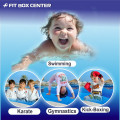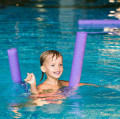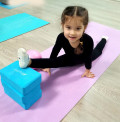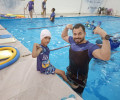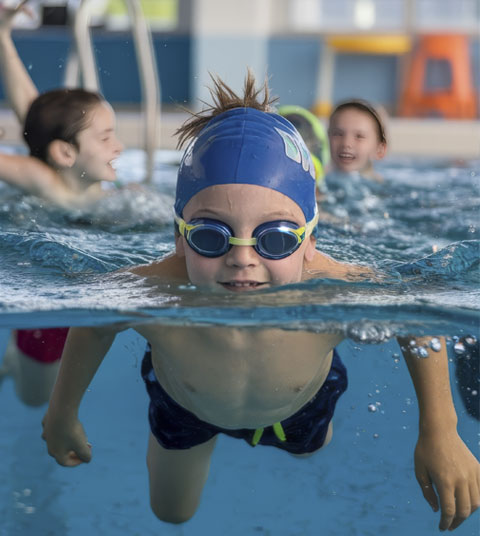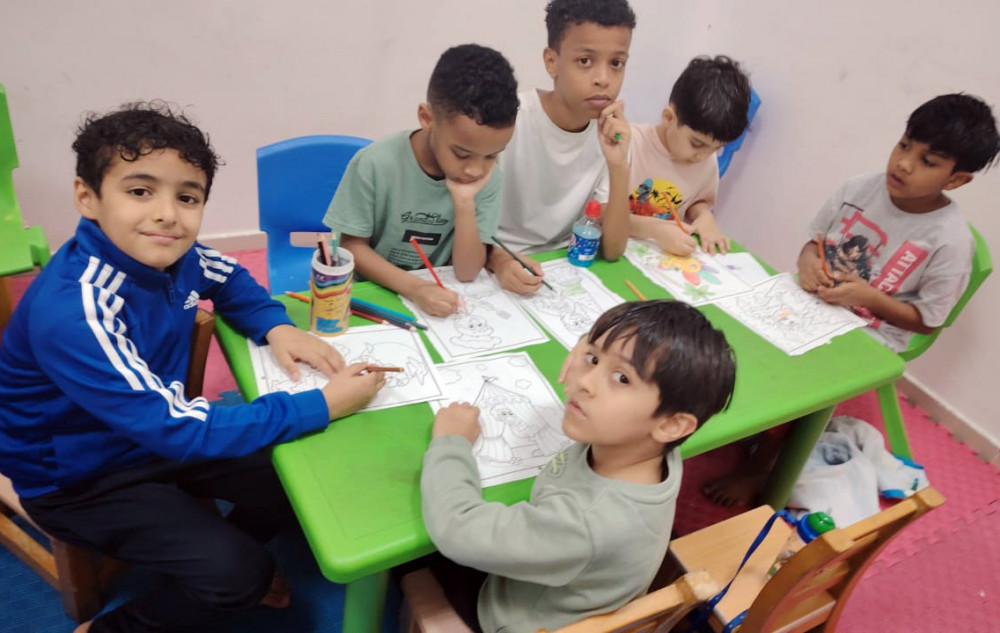
Arts Unlocking Creative Skills for Kids
2024-12-20 - drawingIntroduction
Ever noticed how kids can turn the simplest objects into something extraordinary? A cardboard box becomes a castle, a handful of crayons transform a blank page into a masterpiece. That’s the magic of creativity! Arts are a powerful way to nurture this natural ability, offering kids the tools to express themselves, explore their world, and develop essential skills. Let’s dive into how arts can unlock creative skills for kids and why it’s so important.
The Role of Arts in Child Development
Boosting Cognitive Abilities
Arts encourage kids to think outside the box. When children draw, paint, or craft, they solve problems like how to mix colors or construct shapes, enhancing their problem-solving and critical thinking skills.
Emotional Growth through Arts
Art is a safe space for kids to explore their emotions. Whether they’re expressing joy through bright colors or processing sadness in a drawing, arts help children understand and communicate their feelings better. Plus, working on collaborative projects builds empathy as they learn to value others’ perspectives.
Types of Arts Activities for Kids
Visual Arts
Drawing and Painting: These classic activities let kids experiment with colors, shapes, and textures.
Sculpting and Clay Modeling: Working with clay develops fine motor skills while sparking creativity.
Performing Arts
Dance and Movement: Dancing isn’t just fun—it improves coordination and boosts confidence.
Drama and Storytelling: Role-playing builds imagination and helps kids express themselves verbally.
Literary Arts
Poetry and Creative Writing: These encourage kids to play with words and develop a love for language.
Reading and Reciting: Storytime fosters listening skills and a passion for stories.
Benefits of Arts for Kids
Enhancing Creativity and Imagination
Arts open a world of possibilities. A single prompt can lead to countless interpretations, showing kids there’s no one “right” answer.
Improving Social Skills
Group projects teach collaboration, patience, and communication—key skills for life.
Building Confidence and Self-Esteem
Completing an art project gives kids a sense of accomplishment, boosting their self-worth.
Arts in Education
Integrating Arts in School Curriculums
Schools that include arts in their curriculum see students who are more engaged and perform better academically.
Role of Teachers in Fostering Creativity
Teachers play a vital role by encouraging exploration and celebrating unique ideas, no matter how unconventional.
Encouraging Arts at Home
Creating a Creative Space
Set up a corner with art supplies where kids can let their imaginations run wild.
Providing Tools and Materials
From crayons to craft paper, having the right tools sparks creativity.
Encouraging Exploration Without Judgment
Let kids experiment without worrying about “getting it right.” The process matters more than the result.
The Future of Arts for Kids
Technology and Digital Arts
With tools like tablets and drawing apps, kids can explore digital art, blending creativity with tech skills.
The Rise of STEAM Education
Adding “Arts” to STEM (Science, Technology, Engineering, and Mathematics) emphasizes creativity alongside technical knowledge.
Overcoming Challenges
Addressing the Fear of Failure
Teach kids that mistakes are part of the creative process and often lead to the best ideas.
Allocating Time for Creativity
Balancing busy schedules can be tough, but even a few minutes a day dedicated to art can make a difference.
Conclusion
Arts are more than just fun activities—they’re essential for a child’s development. They nurture creativity, boost confidence, and equip kids with skills they’ll use throughout their lives. So grab some paint, put on some music, and let your child’s creativity shine!
.


